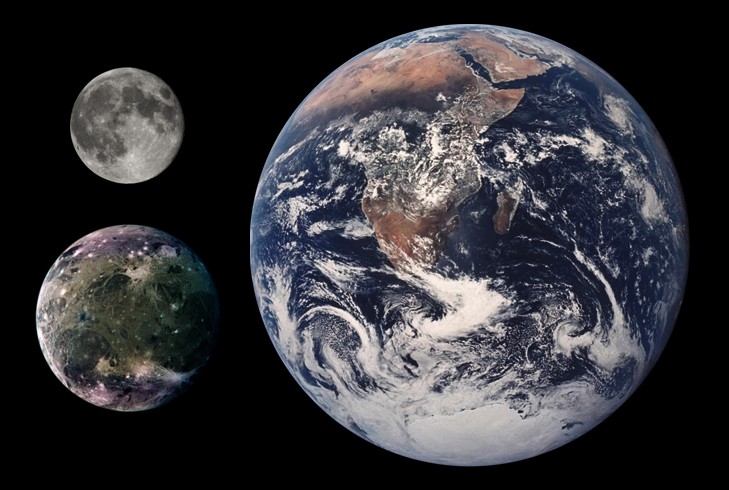US probe Juno is preparing to "flirt" with the largest moon in the Solar System:Ganymede. This is a first in twenty years. This overview will allow researchers to make new analyzes of the object, preparing the passage for the next generation of missions to the Jovian system.
This Monday, June 7, the Juno probe will pass just over a thousand kilometers from the surface of Ganymede. The last time a spacecraft got so close to Jupiter's largest moon was on May 20, 2000, with the American probe Galileo . This new Jovian "flirt" should allow NASA to take new high-resolution images of the object using the JunoCam. These will be compared to those of previous missions to determine any changes in surface characteristics.
Due to the speed of the flyover (19 kilometers per second), the probe will only have time to take a maximum of five photos. Two more flybys are also planned for next week.
Researchers also plan to perform further analyzes of the composition of its crust . "The shell of Ganymede has light and dark regions, suggesting that some areas may be pure ice while others contain dirty ice “, notes Scott Bolton, of the Southwest Research Institute in San Antonio. This work will provide a better understanding of the moon's ice renewal process over time.
It will also be a question of apprehending the ionosphere of the moon (the outer layer of an atmosphere) using the probe's X and Ka band radio wavelengths. "As Juno passes behind Ganymede, radio signals will pass through its ionosphere, causing small changes in frequency that should be picked up by Deep Space Network antennas in Australia “, Dustin Buccino, JPL. By measuring these changes, researchers may be able to understand the connection between Ganymede's ionosphere, its intrinsic magnetic field, and Jupiter's magnetosphere.

In addition to bringing the exploration of Ganymede into the 21st century, these new flybys will help prepare for the next generation of missions to the Jovian system .
This next generation involves two main missions. The first, Jupiter Icy Moon Explorer (JUICE), developed by the European Space Agency (ESA), will be launchedin 2022 . The probe will make repeated flybys of the moons Callisto, Europa and Ganymede before placing itself in orbit around the latter as early as 2032 for further study.
The second, Europa Clipper, developed by NASA, will focus more on the moon Europa. The probe is scheduled to be launched in 2024 aboard a private launcher for a scheduled arrival in 2029 or 2030.